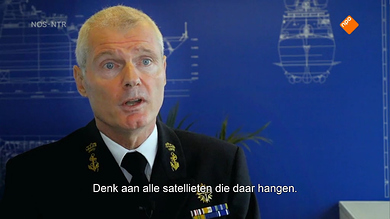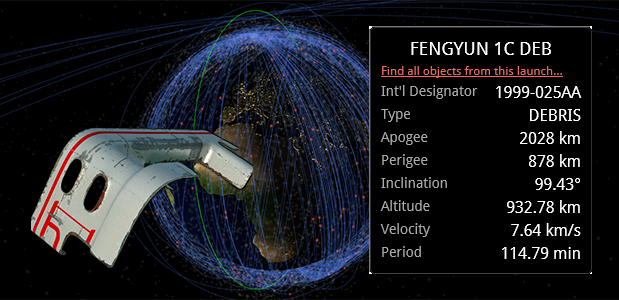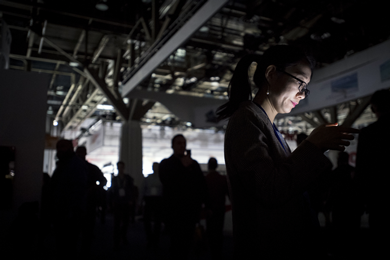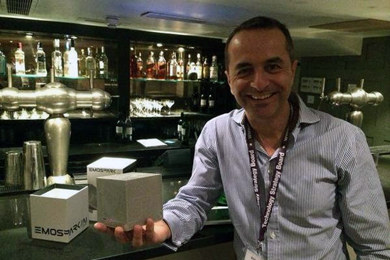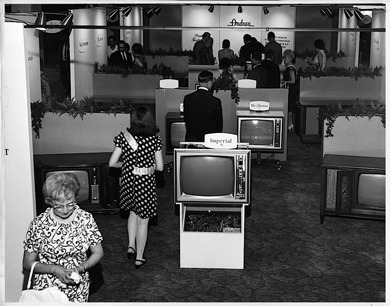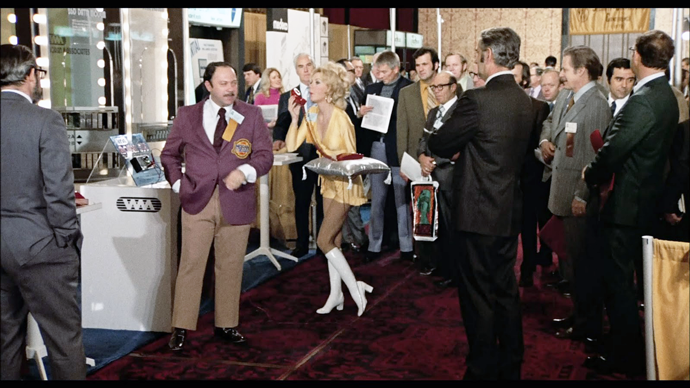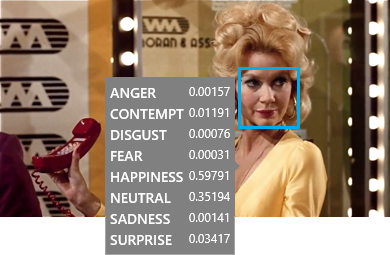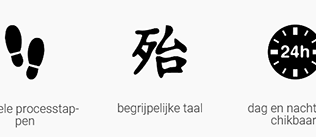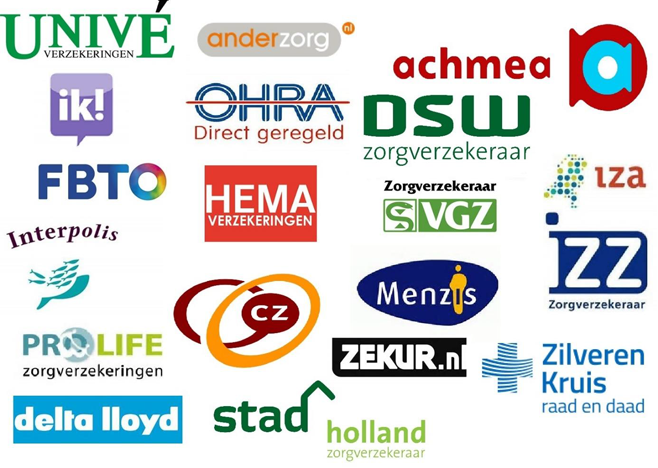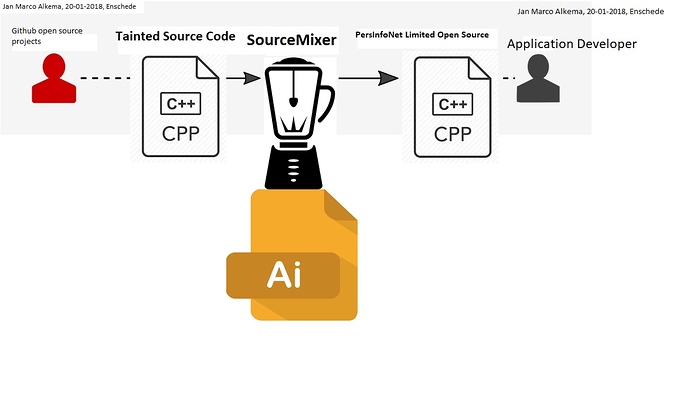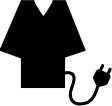Soundbite:
Korte, kernachtige, opvallende uitspraak, met name gericht op de media.
Nieuwsuur gisteravond:
Het Ministerie van Defensie wil de ruimte in
Er gebeurt zo ontzettend veel op dit moment in de ruimte. Denk aan alle satellieten die daar hangen.
Die onze telefonie voor een groot deel verzorgen. Die ook het internet voor een groot deel verzorgen.
Afkomstig van de commandant Zeestrijdkrachten:
In het betrekkelijk korte Journaal-item nog twee ander betrokkenen:
Defensie heeft al een zogeheten Space Security Center geopend in Breda:
Het hoofd daarvan, glunderend als een carbidschieter achter zijn melkbus:
En als dadelijk de chaos uitbreekt in de maatschappij zal ook defensie gebeld worden om de chaos weer op te lossen. Dus wij moeten als laatste man blijven staan.
Doen alsof ik het beter weet dan zij drieën? Nee, maar zij weten dus iets dat ik niet weet?
Niet dat het in deze Publieke Omroep-uitzending gebruikte beeldmateriaal eigenlijk meer een advertorial voor Thales was.
Het gaat mij om de bewering dat “alle satellieten die daar in de ruimte hangen” …
Beschikt als hoge officier zelf niet over internet? Immers, een aantal pointers die daar te vinden zijn:
Undersea cables span the globe to send more data than satellites
Technology that once captured Jules Verne’s imagination is more relevant than ever.
Now, 146 years after Verne’s book, undersea cables are thriving, according to data published by the US Federal Communications Commission, the technology is the dominant method of international telecommunications, and about 99 per cent of all intercontinental telecoms traffic — data, phone calls, texts, emails — is transmitted via submarine cables.
Half om half dan?
Do internet cable companies use satellites?
Satellite is more often used for TV because broadcasting traffic to hundreds or millions of people is a different economy of scale.
Misschien niet goed overwogen, de keuze voor kabel?
Why don’t we use satellite communication instead
Satellites aren’t used because they can’t carry terabytes of data for less than a billion dollars per communication line.
The bandwidth available using a single fiber optic cable and a laser beam is much much greater than you can get from a single satellite radio channel. This is due to the higher frequency and shorter wavelength of light compared to microwaves. The higher the frequency, the greater the bandwidth.
An undersea cable is a bundle many fiber optic cables. Consider each fiber cable as a channel. You can have more channels, each with a higher capacity, than you can build radio channels into a satellite.
The uplinks and downlinks cost and putting the satellite in space is a huge huge ask and far more risky.
The delay for satellite communications would be around 255ms both uplink and downlink. For continuous traffic this not to a bad price to pay. But for burst traffic (like voice) you pay for the delay at each pause. The Rule of Thumb is 10MS per 1000 miles so Rule of Thumb to Europe on say TAT-8 would be about 75MS vs 510MS for satellite.
Finally, you can fix a broken cable. Once you launch the satellite you don’t get a chance to fix it if it gets broke.
More than 90% of the internet data transmitted over Undersea cables. As of now, Satellite communication mostly used in broadcasting field (Due to advantage of its large coverage ). Using undersea fiber cables we can easily transmit up-to 40 GB bandwidth (Synchronous optical networking - Wikipedia) , but in satellite we can only achieve 40 Mbps bandwidth per channel.
If an ISP cannot get internet access via fiber, or terrestrial microwave link, then they might use satellite. This is most common on islands where fibres don’t pass or in isolated rural communities. But satellite access typically costs much more than fibre and so it is a last resort.
Resumerend, we vertrokken van:
What is something most people don’t know about undersea cables?
Most people probably don’t know that 99 percent of all transoceanic data traffic goes through undersea cables, and that includes Internet usage, phone calls and text messages. This route is also faster than satellite transmissions, by up to eight-fold.
Ter controle schriftelijk overhoren:
What is the medium used to connect the devices and networks that form the Internet?
So, what do you think is the answer to that question? Many of you might think of satellites, right? It seems the only logical option that would allow for quick and efficient transfer of data all over the world.
Dus niet “ook”:
Well, it turns out that only a small percentage of the data transferred over the Internet gets managed via satellite connection. In reality, only a small portion of the whole online traffic goes through satellites – around one percent.
Het internet wordt voor een groot deel verzorgd door:
The rest of the traffic is managed served by fiber cables Even when it comes to serving traffic overseas, there are thousands of kilometers of fiber-optic cables lying on the seafloor and transferring digital data between the continents.
Geld besparen dat vervolgens geïnvesteerd zou kunnen worden in zijn geavanceerde radarsysteem:
The main reason why this is the widely-preferred method is that it is much more efficient and much cheaper. That is not to say it is cheap to set up cables at the bottom of the sea that spread from one continent to another but it is certainly even more expensive to send more and more satellites in orbit.
Toegift voor daarvoor nog schout-bij-nacht maar vanwege zijn nieuwe functie bevorderd tot viceadmiraal:
One other important aspect is the capabilities of the two separate methods. While the capacity of the submarine cables is measured in terabytes per second, satellites can only support data transfer that doesn’t exceed a thousand megabytes/second.
Wel de vreemde figuur dat NL zeestrijdkrachten in de lucht kijken en deze UK luchtmaarschalk onder water:
Undersea cables at risk of Russia attack
The UK and its Nato allies are facing a step change in military aggression from Russia across a number of fronts. But he singled out recent concerns about Russian vessels with the ability to cut and interfere with deep-sea cables, which carry 97 per cent of global communications and $10tn in daily financial transactions
Maar het goede antwoord was dus:

De Cloud ligt onder water.
Simone Weimans: gaan we weer terug naar Eelco …
